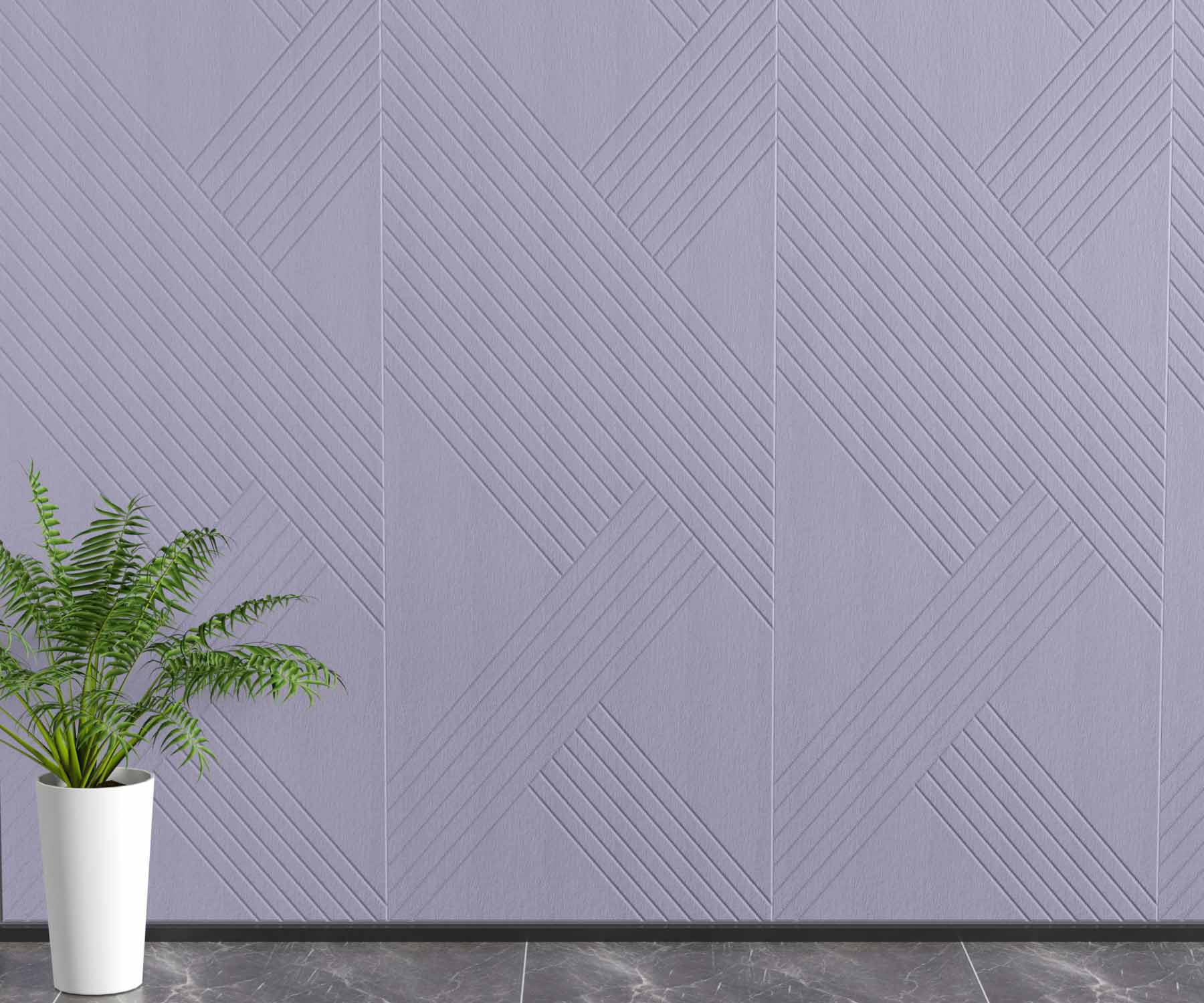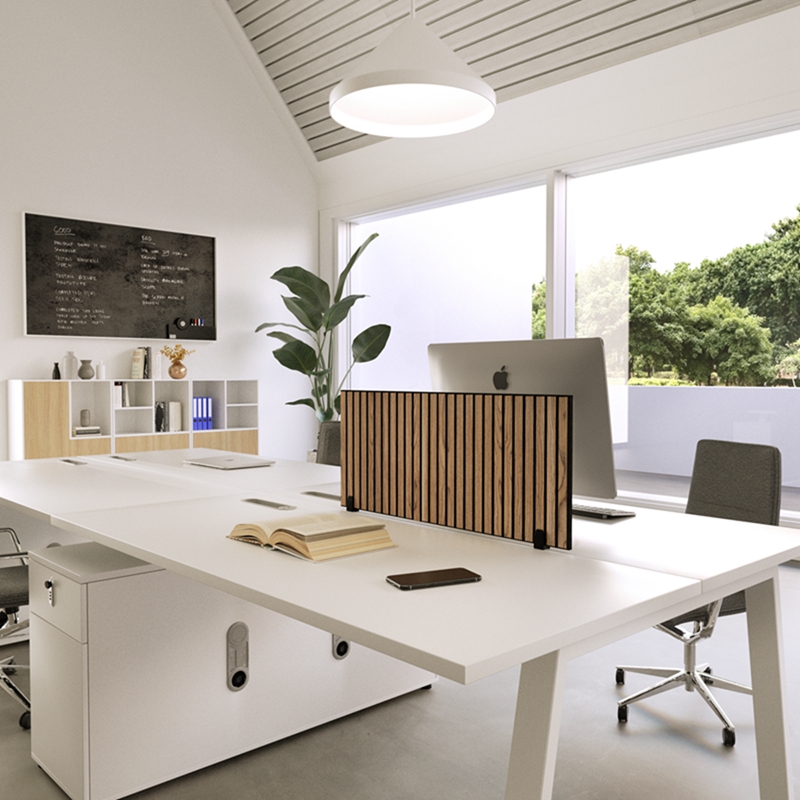
1. What Is NRC?
NRC, or Noise Reduction Coefficient, is a key acoustic performance metric that tells you how effectively a material absorbs sound rather than reflecting it.
It’s expressed as a single number between 0.0 and 1.0, where:
0.0 means the surface reflects all sound (like concrete or glass),
1.0 means the surface absorbs all sound (like thick acoustic foam or high-quality PET panels).
For example, an NRC of 0.8 means the material absorbs 80% of sound energy hitting it, reflecting only 20%.
2. How Is NRC Measured?
NRC values are determined using standardized acoustic tests, most commonly under:
EN ISO 354:2003 — measuring sound absorption in a reverberation chamber
EN ISO 11654:1997 — classifying materials into absorption classes (A–E)
The measurement typically averages sound absorption coefficients (α) at 250Hz, 500Hz, 1000Hz, and 2000Hz — the key frequencies that matter for human speech and everyday environments.
Example:
If a panel has α values of:
| Frequency (Hz) | 250 | 500 | 1000 | 2000 |
|---|---|---|---|---|
| Absorption (α) | 0.65 | 0.75 | 0.80 | 0.85 |
→ NRC = (0.65 + 0.75 + 0.80 + 0.85) / 4 = 0.76

3. Why NRC Matters
Choosing materials with the right NRC is essential for achieving balanced acoustics:
Low NRC (0.2–0.4): Decorative but limited acoustic effect
Medium NRC (0.5–0.7): Ideal for offices, schools, and homes
High NRC (0.8–1.0): Suitable for theaters, studios, or conference rooms
In PET acoustic panels, NRC typically ranges between 0.6 and 1.0, depending on factors like:
Panel thickness
Density (airflow resistance)
Mounting type (direct vs. with air gap)
Surface texture or perforation

4. PET Panels and NRC Performance
High-quality polyester fiber (PET) panels often achieve NRC ratings of 0.75–0.90, making them one of the most efficient and eco-friendly sound-absorbing solutions.
They maintain stable performance across frequencies, are lightweight, and can be tailored through thickness or mounting methods to optimize NRC.
Quick Tip:
Adding a small air cavity (20–50mm) behind a PET panel can boost NRC by up to 10–20%, especially in mid and low frequencies.
5. Choosing the Right NRC for Your Space
| Application | Recommended NRC | Why It Works |
|---|---|---|
| Open offices | 0.6–0.8 | Controls speech noise, improves focus |
| Home interiors | 0.5–0.7 | Reduces echo without over-dampening |
| Restaurants | 0.7–0.9 | Enhances comfort and conversation clarity |
| Theaters / studios | 0.9+ | Ensures professional-level acoustic control |

6. Final Thoughts
Understanding NRC helps you make data-driven design choices. While it’s not the only metric that defines good acoustics, it’s a reliable starting point for comparing materials.
When evaluating acoustic products, always check:
Whether the NRC was tested under EN ISO 354 / 11654
The mounting condition (Type A, E, etc.)
The frequency range used for testing
At Leedings, our PET acoustic panels are tested by certified third-party laboratories to ensure consistent NRC performance across different densities and thicknesses — delivering both design flexibility and acoustic comfort.

